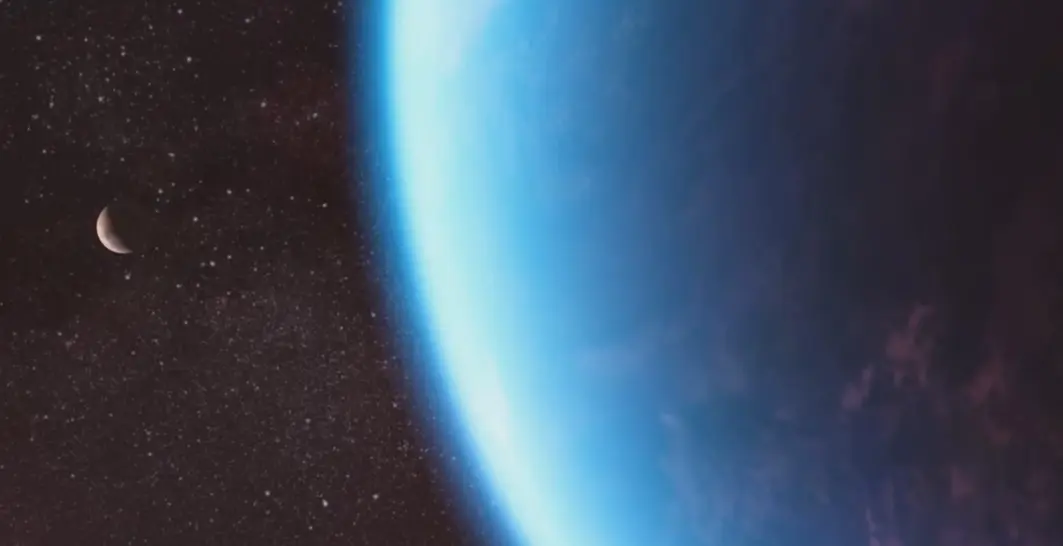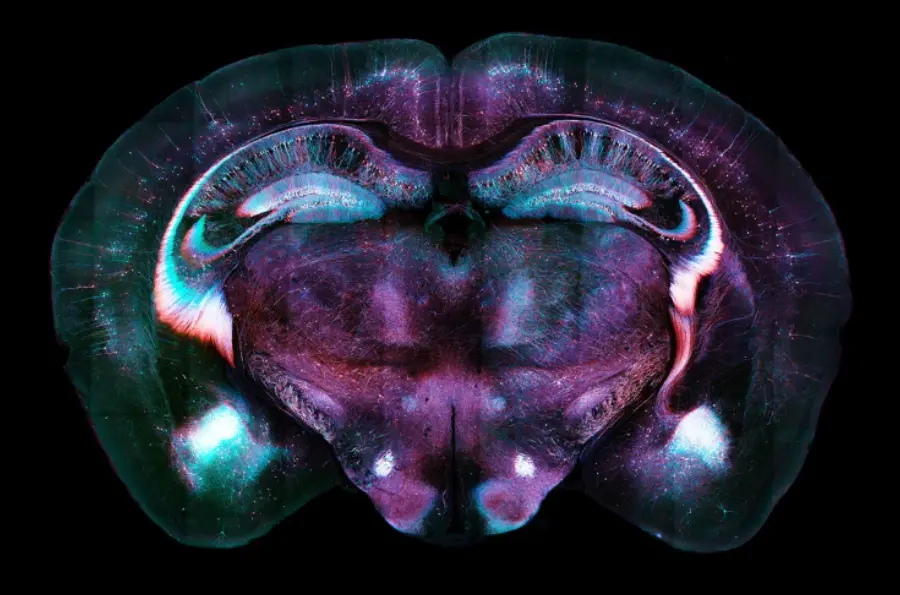In a groundbreaking development, astronomers have identified potential chemical signs of life on exoplanet K2-18b, located approximately 124 light-years from Earth in the constellation Leo. Utilizing data from NASA’s James Webb Space Telescope (JWST), researchers detected compounds in the planet’s atmosphere that, on Earth, are predominantly produced by living organisms.
K2-18b: A Hycean World
K2-18b is categorized as a “Hycean” planet—a term describing worlds with hydrogen-rich atmospheres and vast oceanic surfaces. This classification suggests that such planets could maintain liquid water, a fundamental ingredient for life as we know it. With a mass approximately 8.6 times that of Earth and nearly three times its size, K2-18b resides within its star’s habitable zone, where conditions might allow for the presence of liquid water.
Chemical Signatures: DMS and DMDS
The JWST’s observations revealed the presence of dimethyl sulfide (DMS) and dimethyl disulfide (DMDS) in K2-18b’s atmosphere. On Earth, these compounds are primarily produced by marine microorganisms, such as phytoplankton. The detection of these molecules on K2-18b is particularly intriguing, as they are considered potential biosignatures—indicators of biological processes.
While the presence of DMS and DMDS is compelling, scientists caution that these findings are not definitive proof of life. Further observations and analyses are necessary to rule out non-biological sources for these compounds. Nonetheless, the discovery represents a significant step forward in the search for extraterrestrial life.
Scientific Caution and Next Steps
The scientific community emphasizes the need for caution in interpreting these findings. While the detection of potential biosignatures is exciting, it’s essential to consider alternative explanations and conduct additional research to confirm the results. Future observations with the JWST and other instruments will aim to gather more data on K2-18b’s atmosphere and surface conditions.
These efforts will help determine whether the detected compounds are indeed indicative of biological activity or if they result from abiotic processes. The ongoing study of K2-18b will also contribute to our understanding of Hycean planets and their potential to support life.
Implications for Astrobiology
The discovery of potential biosignatures on K2-18b has significant implications for the field of astrobiology. It suggests that life might not be exclusive to Earth-like planets and could exist in a variety of planetary environments, including those with hydrogen-rich atmospheres and extensive oceans.
This finding broadens the scope of the search for extraterrestrial life and encourages the scientific community to explore a wider range of planetary types in their investigations. As technology advances and our ability to study distant worlds improves, the potential for discovering life beyond Earth becomes increasingly plausible.
Conclusion
The detection of dimethyl sulfide and dimethyl disulfide in the atmosphere of K2-18b marks a promising development in the quest to find life beyond our planet. While not yet conclusive, these findings highlight the importance of continued exploration and study of exoplanets. As researchers delve deeper into the mysteries of K2-18b and similar worlds, we move closer to answering the profound question: Are we alone in the universe?







